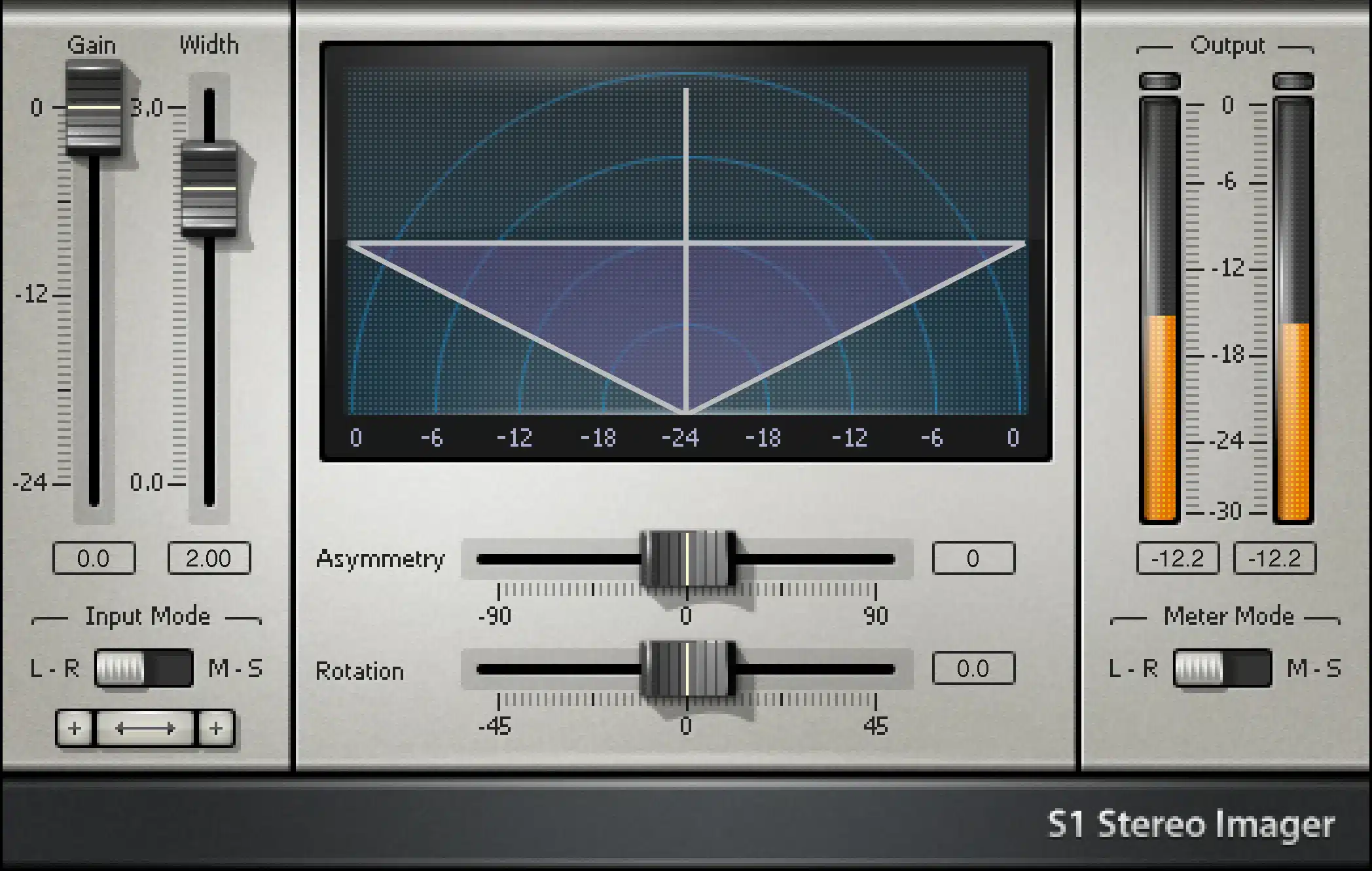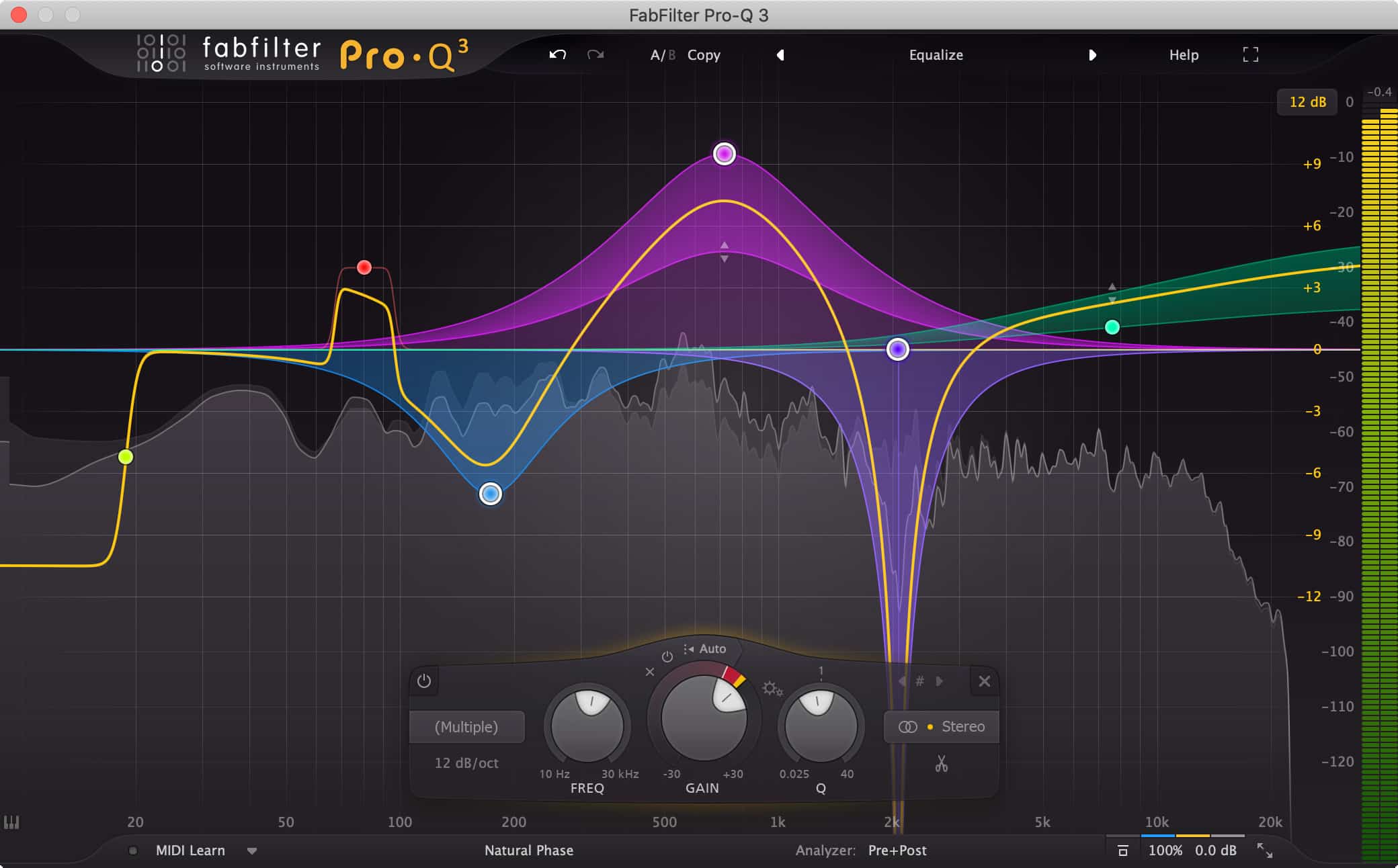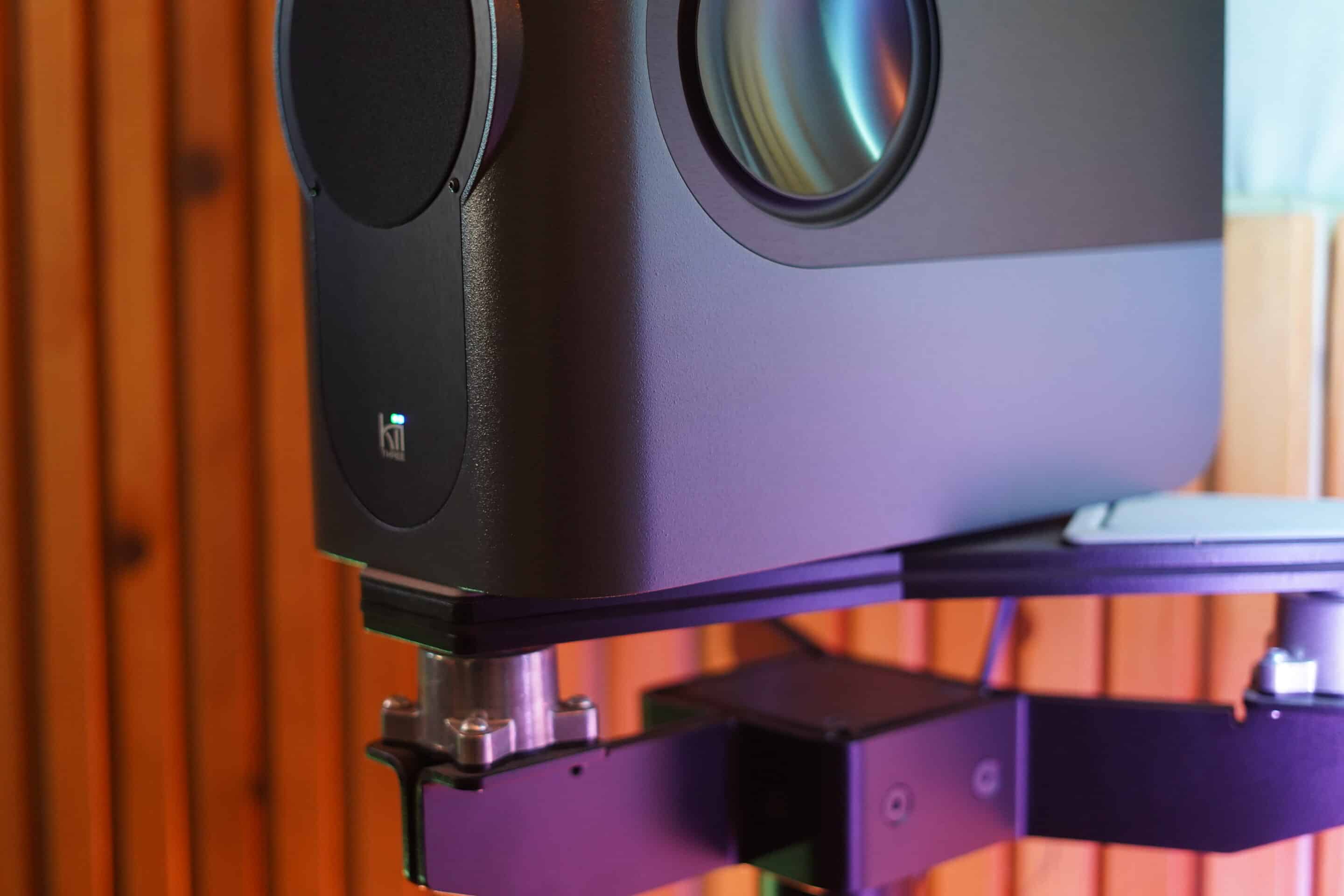Matty here. In today’s video, I’m excited to dive deep into a new plugin developed by Kazrog that emulates the legendary Avalon 747 hardware unit. I’ve personally been using the analog version of the Avalon 747 for years, and I absolutely love it. It’s been my go-to tool for various applications, from mastering to adding warmth to thin-sounding mixes. The tube in the unit can subtly warm up final mixes, and it’s fantastic for enhancing vocals. The Kazrog Avalon 747 EQ is renowned for its superb high-end, and the compressor works wonders on vocals, guitars, and basses. So, in this video, we’ll go over the plugin’s features, analyze its EQ curve compared to the analog unit, and conduct thorough A/B comparisons between the plugin and the hardware. Let’s dive in!
Let’s take a look at Kazrog Avalon 747 itself. It’s pretty cool, offering both silver and black model options. The plugin’s interface starts with the input controls, allowing you to adjust the gain – boosting it up or dialing it down. You can also add an extra 10 dB of gain if needed. The “TSP” section is where things get interesting – it’s the twin signal pass. This means you can choose between a tube path or a discrete class A path. This feature is particularly handy for mastering purposes, as you can add just the right amount of warmth without going overboard.
Moving on to the compressor controls, you’ll find options for adjusting the attack, release, and threshold. There’s an EQ-to-compressor routing option as well. Now, here comes the unique part – the side-chain section. It’s a bit quirky in how it works. You’ve got two side chains, one for low frequencies and one for high frequencies. This setup allows you to control certain frequency ranges more precisely. The low-frequency range spans from 600 Hz to 10 kHz, while the high range goes from 60 Hz to 1 kHz. It’s a helpful feature, especially when dealing with vocals and acoustic guitars that might have piercing high-end frequencies.
The compressor section provides controls for the compression ratio and makeup gain. You’ll also see the compressor input and output controls, along with a view meter indicating the level of compression. The plugin offers a total of six EQ bands, including a low shelf, three bell curves, and two high shelves. These high shelves are the standout feature for me, particularly when working on vocals and mastering. They provide a beautiful sheen that I haven’t encountered with many other EQ plugins.
Lastly, there’s the output signal section with an output gain knob, and you can toggle the equalizer on and off here as well.
Comparing EQ Curves Now, let’s take a look at the EQ curves. To do this, I’m using a free EQ curve analyzer plugin that helps visualize the differences between the plugin and the analog unit. As I boost different frequency bands, you’ll see the green line representing the plugin and the white line for the analog unit. While some curves are quite close, others show slight variations, likely due to differences in analog components.
In conclusion, the plugin and hardware unit exhibit strikingly similar sound qualities. While the hardware unit offers a bit more warmth, the plugin effectively captures the essence of the Avalon 747’s sonic characteristics. I’d love to hear your thoughts on which one you prefer. Feel free to share your opinions in the comments below. Whether you need your tracks mixed or mastered, and if you’re interested in having your song mixed through my Avalon unit, check me out at mixandmastermysong.com. You’ll also find my courses and presets there. Thanks for joining me in this detailed sound comparison between the Avalon 747 plugin and hardware. Talk to you soon!








